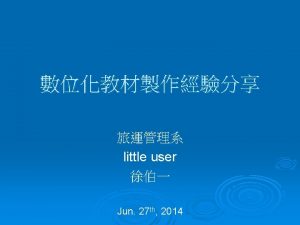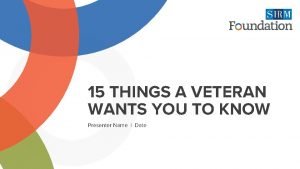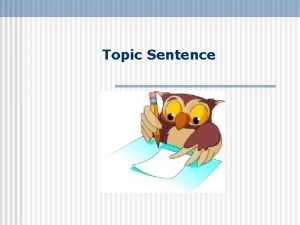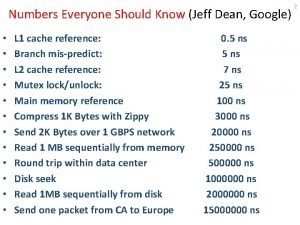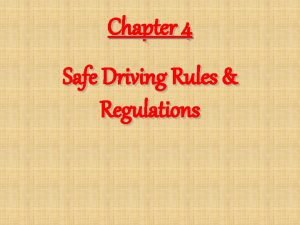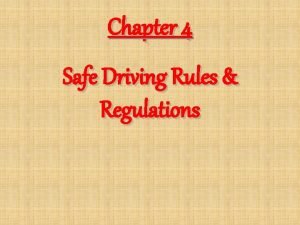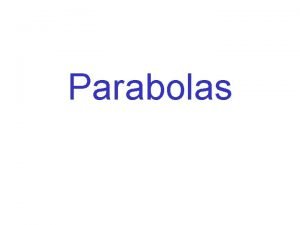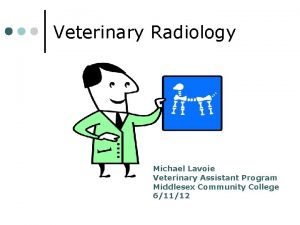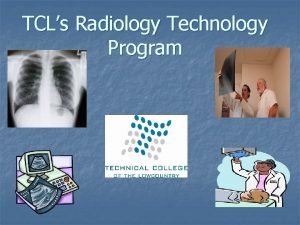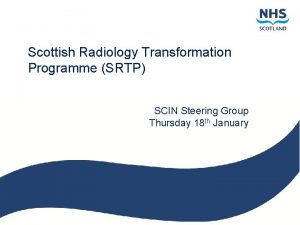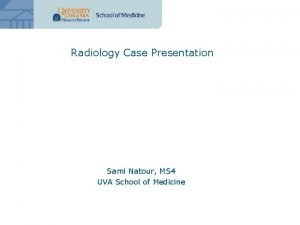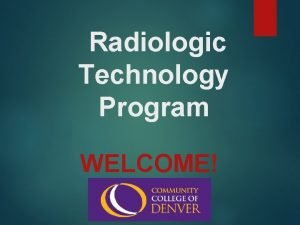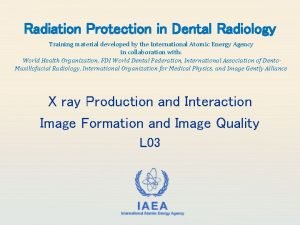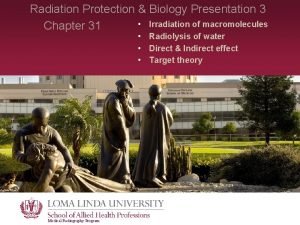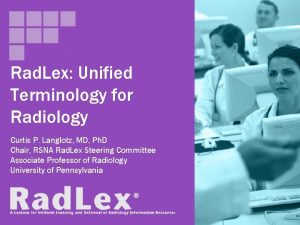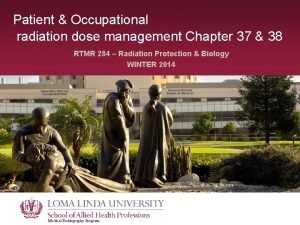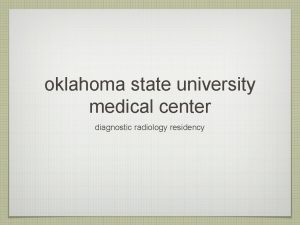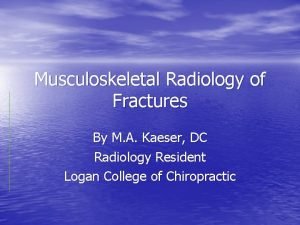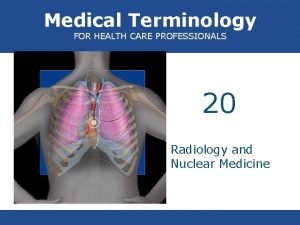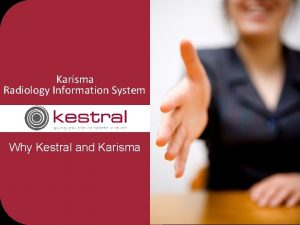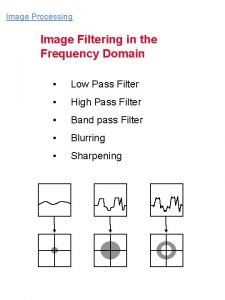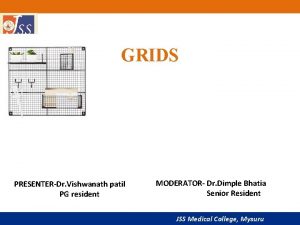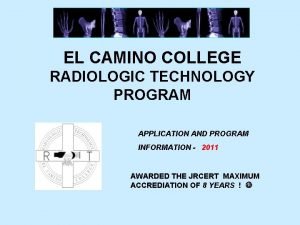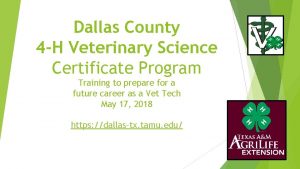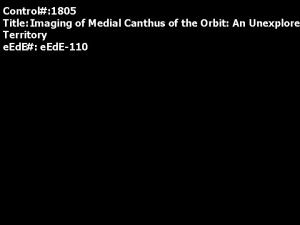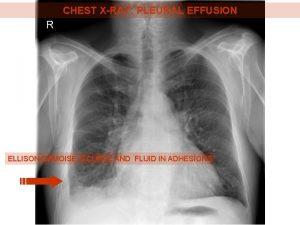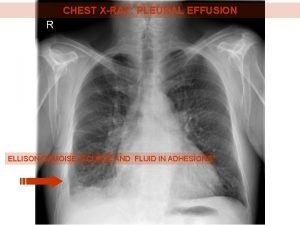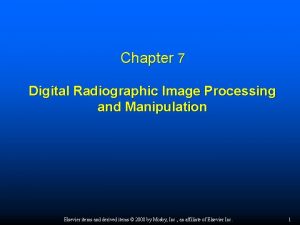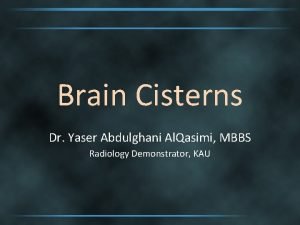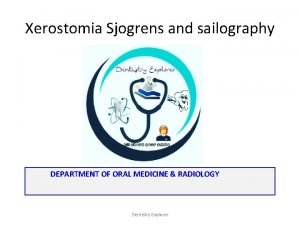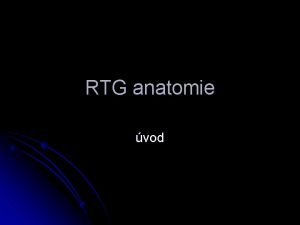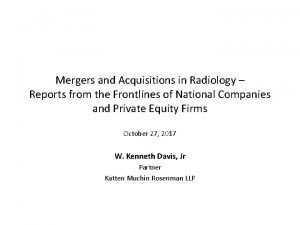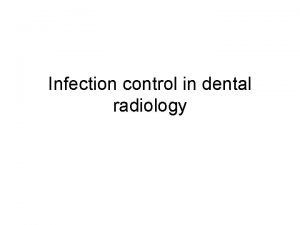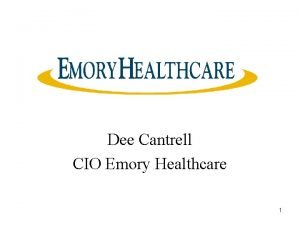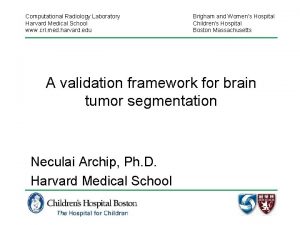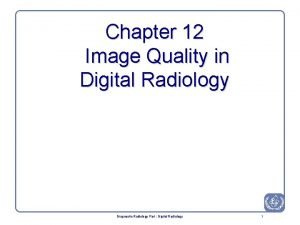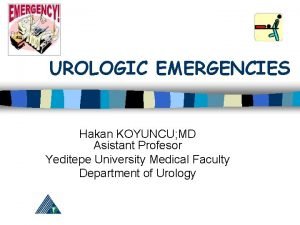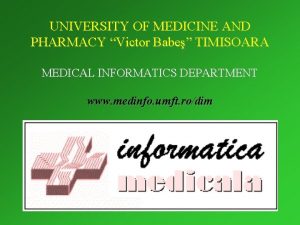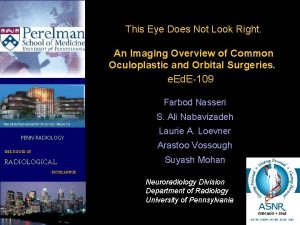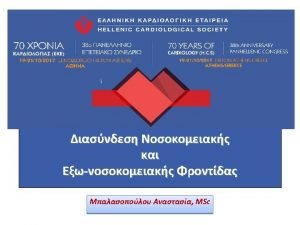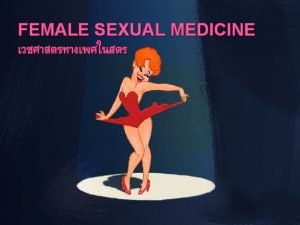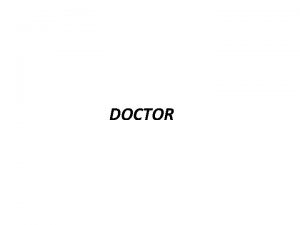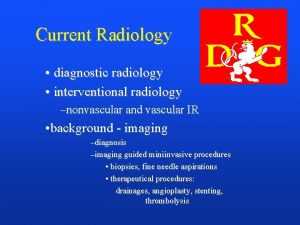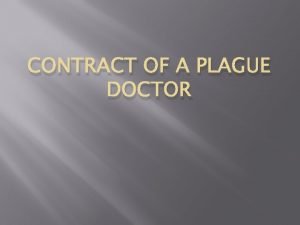Radiology every doctor should know RADIOLOGY JEOPARDY Alliance





























































- Slides: 61

Radiology every doctor should know RADIOLOGY JEOPARDY Alliance of Medical Student Educators in Radiology

The Rules

1. Don’t buzz/chime in until stem of question is read. 2. Answers can be discussed between team members 3. You have 10 sec to answer 4. Incorrect answers lose points! 5. You may pass a question to next team 6. If you don’t answer in 10 s, give the incorrect answer, or pass a question, then next team can answer 7. BIG prizes to winning team… …well, prizes anyway…

DR. ’S DECISION IS FINAL (even if wrong)

Radiology Jeopardy Chest MSK/ Trauma Abdominal Pain Neuro Imaging Management 100 100 100 200 200 200 300 300 300 400 400 400 500 500 500

Chest

100 Points 2 cm lung nodule on Chest XR. Next step? a. Look for old studies b. Request US c. Request CT chest d. Request biopsy

Answer 100 Points a. Look for old studies To confirm stability >2 y ago

200 Points For evaluation of chest pain, first exam is CXR even when suspecting Pulmonary Embolus or Myocardial Infarction. Why?

Answer 200 Points To rule out other causes of chest pain

300 Points What is the main difference between different kinds of CT chest scans? a. Timing of scan after IV contrast b. The area imaged

Answer 300 Points Timing of scan after IV contrast

400 Points What imaging evaluates for dysphagia?

Answer 400 Points Barium Swallow/Esophagram Fluoroscopy: Real-time best for esophageal dysmotility

500 Points A high resolution CT of the Chest (e. g. , to look for occupational lung disease) is done with IV contrast. a. True b. False

Answer 500 Points False

MSK/Trauma

100 Points An XR should be always be requested before or in conjunction with an musculoskeletal (MSK) MRI. a. True b. False

Answer 100 points a. True XR is more specific for some entities and can show “do not touch” lesions.

200 Points 28 y M • Fall on outstretched hand (FOOSH) • Snuff box tenderness suspicion for scaphoid fracture • Normal XRs To evaluate further, what is done most often? a. Cast and repeat XR wrist in 7 -10 days b. CT wrist without contrast c. MRI wrist without contrast d. Nuclear medicine bone scan

Answer 200 points a. Cast and repeat in 7 -10 days Bonus: Why? When might you do advanced imaging?

300 Points 50 y M • s/p MVC • Just got CT Chest/abdomen/pelvis, pending reading Now concern for thoracic (T) spine fracture; what should you request? a. T spine XR b. CT T spine c. MR T spine d. None of the above

Answer 300 points d. None of the above CT T spine can be reconstructed from CT chest

400 Points Which modality excludes necrotizing fasciitis? a. b. c. d. e. XR US CT with contrast MRI with contrast None of the above

Answer 400 points e. None of the above Clinical diagnosis – although suggested on XR or CT or MR CT: to look for extent for surgical planning

500 Points 57 y M • s/p ORIF (surgery w/hardware) for ankle fracture • Symptoms concerning for osteomyelitis After XR ankle, what should you request? a. US ankle b. CT ankle c. MRI ankle d. Tagged-WBC exam

Answer 500 points Tagged-WBC exam

GI/GU

100 Points Which is least likely to exclude free air? a. Supine abdominal XR (AXR or KUB) b. Abdominal series (Supine & upright AXR, upright CXR) c. Upright CXR d. CT Abdomen/Pelvis

Answer 100 Points a. Supine abdominal XR (AXR/KUB)

200 Points 24 y F • No PMH • 1 d of symptoms: R flank pain, dysuria, fever, foul-smelling urine, hematuria, leukocytosis concern for pyelonephritis What imaging is indicated? a. b. c. d. Renal US CT Stone (CT AP without IV contrast) CT AP with IV contrast None of the above

Answer 200 Points d. None of the above Consider CT if complicated: • Symptoms don’t resolve after treatment • Especially if immunosuppressed

300 Points 62 y M • Painless hematuria (i. e. , isolated, no proteinuria) What is the best imaging study? a. XR Abdomen b. Renal US c. CT AP w/o IV contrast d. CT Urogram

Answer 300 POINTS CT Urogram ( CT AP pre and post contrast – split dose) Note: • If hematuria w/ proteinuria, consider US • If pain, doesn’t rule out malignancy

400 Points 40 y M • N/V and diffuse abdominal pain concern for small bowel obstruction Which study is the best first study: a. XR Abdominal series (Supine & upright AXR, upright CXR) b. CT AP with IV contrast only c. CT AP with IV and PO contrast d. All of these are legitimate imaging options

Answer 400 Points CT AP with IV contrast only

500 POINTS 26 y M • Acutely ill in ED: Bloody diarrhea, vomiting, abdominal pain, fever, leukocytosis concern for inflammatory bowel disease • No contraindication to IV contrast What study should be requested? a. CT Enterography (oral and IV contrast) b. CT AP with IV contrast only c. CT AP with oral contrast only d. a or b e. a, b or c

Answer 500 Points b. CT AP with IV contrast only Depending on circumstances: If non acute or indolent presentation, CT enterography

Neuro

100 Points 65 y M • sudden-onset of “worst headache of life” Concern for subarachnoid hemorrhage What imaging? a. b. c. d. No imaging is needed CT head, non-contrast CTA head and neck MRI brain

Answer 100 Points b. CT head, non-contrast

200 Points 57 y M • 2 hr new onset R sided weakness suspicion of stroke • CT head is normal What is time window from onset of stroke symptoms to give intravenous TPA (Tissue plasminogen activator)? a. <1 hr b. <3 -4. 5 hr c. <1 d d. <3 -4. 5 d

Answer 200 Points b. <3 -4. 5 hr

300 Points 75 y F • High-speed MVC • Midline neck tenderness What imaging? a. No imaging is needed b. XR C spine c. CT C spine d. MRI C spine

Answer 300 Points c. CT C spine Nexus criteria, Canadian C spine rule

400 Points 58 y M • Severe back pain • “Saddle anesthesia" and decreased rectal tone concern for cauda equina syndrome Which imaging? a. b. c. d. XR L spine CT L spine MRI L spine None of the above

Answer 400 points c. MRI L spine without contrast To look at cord compression What study if can’t do MR? CT myelogram

500 Points 22 y F • Low back pain • Radiates to left lower extremity (sciatica) • No neurologic deficits What imaging? a. b. c. d. L spine XR series CT L spine MRI L spine None of the above

Answer 500 Points d. None of the above Will not change management

Imaging Management

100 Points If patient refuses a procedure, family can give consent: a. b. c. If team feels strongly that procedure is necessary If family feels strongly that procedure is necessary Only if patient is incompetent – a competent patient has the right to refuse a procedure

Answer 100 Points c. Only if patient is incompetent: competent patient has right to refuse a procedure

200 Points A patient can get an MRI brain with IV gadolinium if: a. Pregnant b. Has renal failure c. Has orbital ferromagnetic metal d. Brain aneurysm clips recently in US

Answer 200 Points d. Brain aneurysm clips recently

300 Points How long should Metformin be stopped after CT with IV contrast? a. b. c. d. 1 d 2 d 3 d 4 d

Answer 300 Points 2 days after CT with IV contrast

400 Points A patient w/ glomerular filtration rate (GFR) <30 will tolerate: a. b. c. d. CT w/ IV contrast MRI w/ IV contrast if hydrated before/after if dialysis < 24 hrs

Answer 400 Points b. CT with IV contrast if he will be getting dialysis within 24 hours MR IV gadolinium if GFR<30: Nephrogenic Systemic Fibrosis

500 Points On same day, patient for cancer staging is scheduled for • MRI brain with IV contrast (gadolinium) • CT Chest/Abdomen/Pelvis with IV contrast (iodine-based) Last time he received CT IV contrast, he developed a rash. The patient needs premedication protocol beginning: a. 13 hrs prior to CT b. 1 hr prior to CT c. 13 hrs before the first study - whether it’s the CT or MRI d. 1 hr before the first study - whether it’s the CT or MRI e. Never… i. e. , rash is not a true reaction

Answer 500 Points a. Premedication protocol beginning 13 hr prior to CT scan

Daily Double
 What should every efl teacher know pdf
What should every efl teacher know pdf Doctor doctor google drive
Doctor doctor google drive Every nation and every country has
Every nation and every country has Microsoft empower every person
Microsoft empower every person Every knee shall bow every tongue confess
Every knee shall bow every tongue confess Every rotarian every year
Every rotarian every year Every nation and every country
Every nation and every country Every picture has a story and every story has a moment
Every picture has a story and every story has a moment Every child every day
Every child every day 15 things every veteran wants you to know
15 things every veteran wants you to know Know history know self
Know history know self Do deep generative models know what they don’t know?
Do deep generative models know what they don’t know? Nothing formed against me shall stand
Nothing formed against me shall stand Personal care skills
Personal care skills Topic sentence
Topic sentence Jeff dean numbers
Jeff dean numbers Safe corridors law
Safe corridors law Motorist
Motorist Whats a parabola
Whats a parabola Common things everyone should know
Common things everyone should know Domestic short-haired cat
Domestic short-haired cat Isovue
Isovue Stp competition ratios
Stp competition ratios Positive galeazzi sign
Positive galeazzi sign Tcl bookstore
Tcl bookstore Statdx
Statdx Scottish radiology transformation programme
Scottish radiology transformation programme Sami natour
Sami natour Hlc accreditation
Hlc accreditation Grid construction in radiology
Grid construction in radiology Pa dental radiology ce requirements
Pa dental radiology ce requirements X ray protection
X ray protection Radiolysis of water ppt
Radiolysis of water ppt Radiology terminology
Radiology terminology Dental radiographic interpretation ppt
Dental radiographic interpretation ppt Dose limits radiology
Dose limits radiology Oklahoma state radiology residency
Oklahoma state radiology residency Charcot joint
Charcot joint Radiology medical terminology breakdown
Radiology medical terminology breakdown Kestral karisma
Kestral karisma High pass filter radiology
High pass filter radiology Air gap technique
Air gap technique El camino college radiologic technology program
El camino college radiologic technology program Veterinary radiology dallas county
Veterinary radiology dallas county Medial canthus ct
Medial canthus ct Ellis curve radiology
Ellis curve radiology Ellis curve pleural effusion
Ellis curve pleural effusion Veil glare radiology
Veil glare radiology Cistern cipher
Cistern cipher Branchless fruit laden tree appearance seen in
Branchless fruit laden tree appearance seen in Anatomie l
Anatomie l Types of darkroom entrance
Types of darkroom entrance Radiology mergers and acquisitions
Radiology mergers and acquisitions Darkroom infection control guidelines
Darkroom infection control guidelines Powerchart emory
Powerchart emory Crl alliance medical
Crl alliance medical Sid and oid in radiography
Sid and oid in radiography Tor cdr
Tor cdr Radiology asistant
Radiology asistant Radiology timisoara
Radiology timisoara Vision radiology reservoir
Vision radiology reservoir American academy of oral and maxillofacial radiology
American academy of oral and maxillofacial radiology

